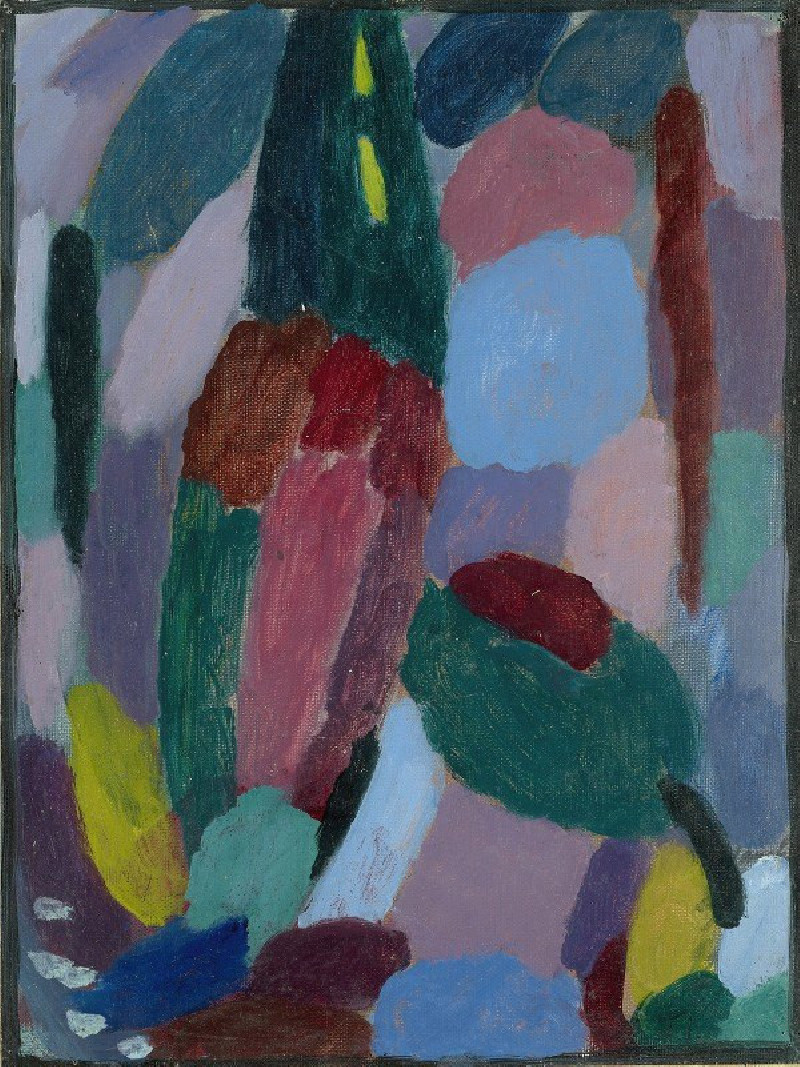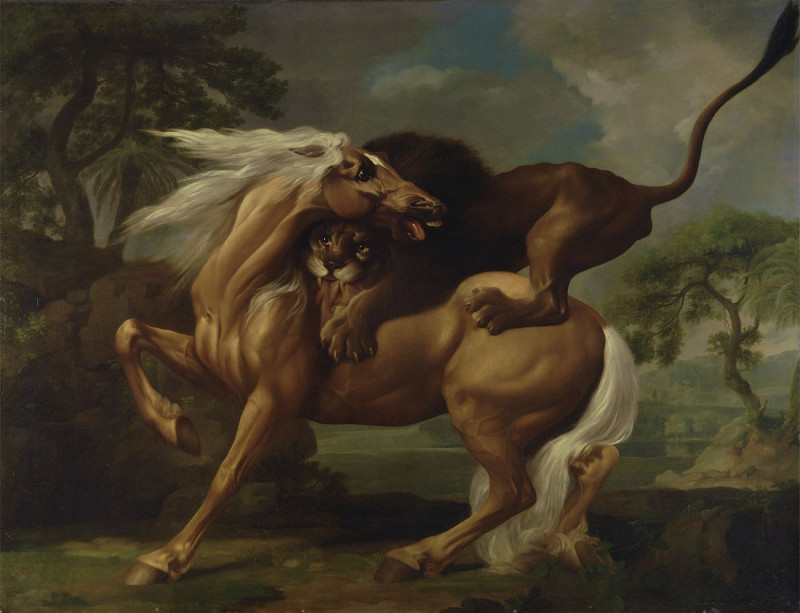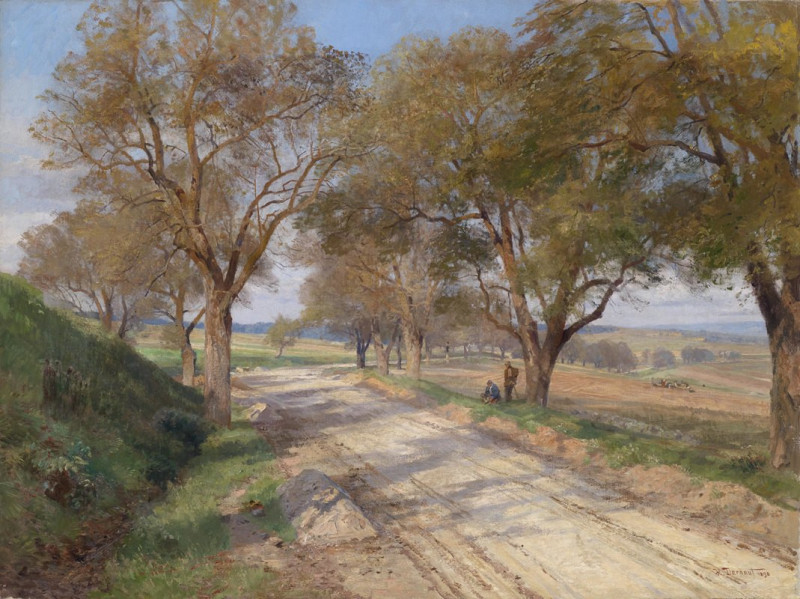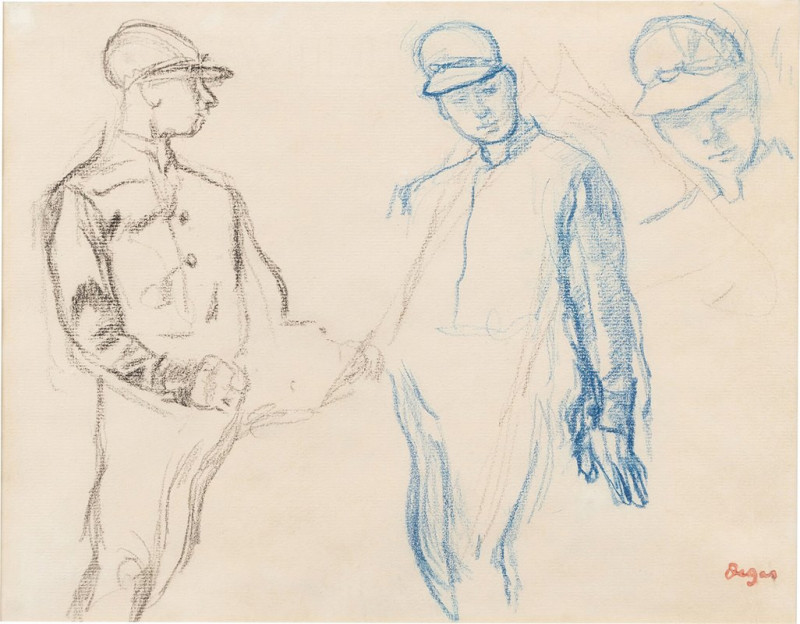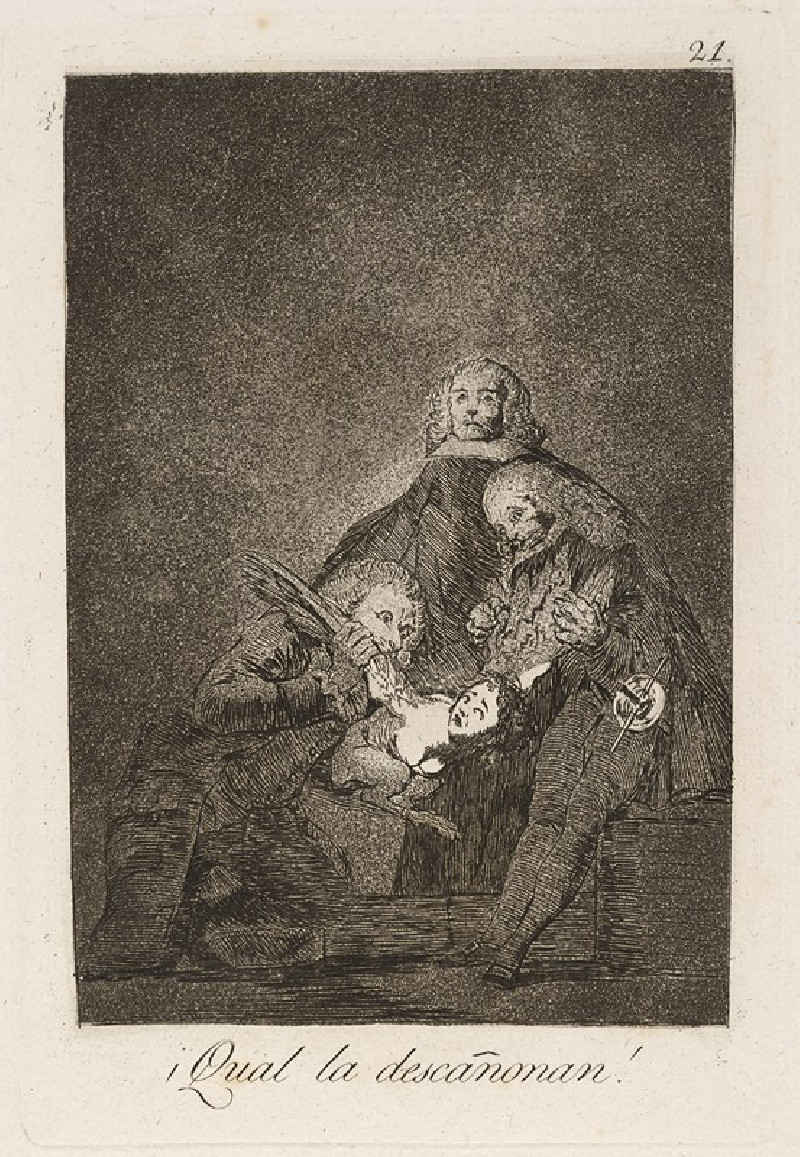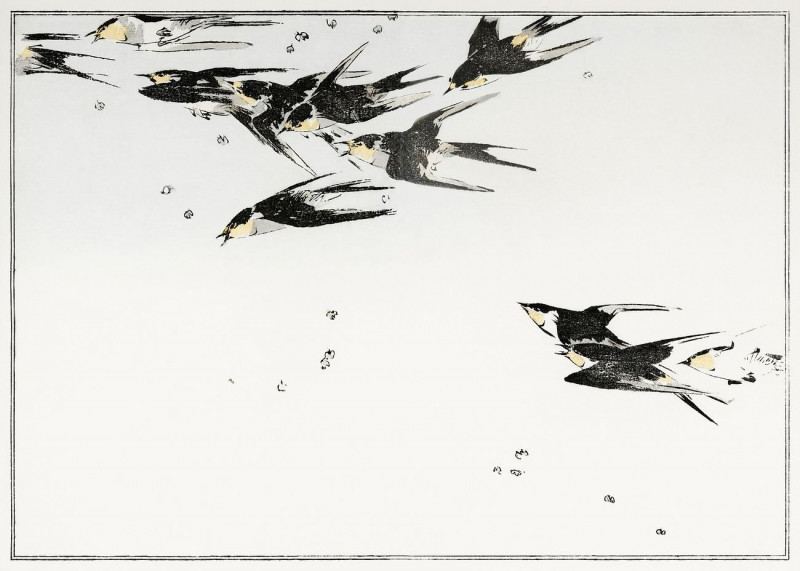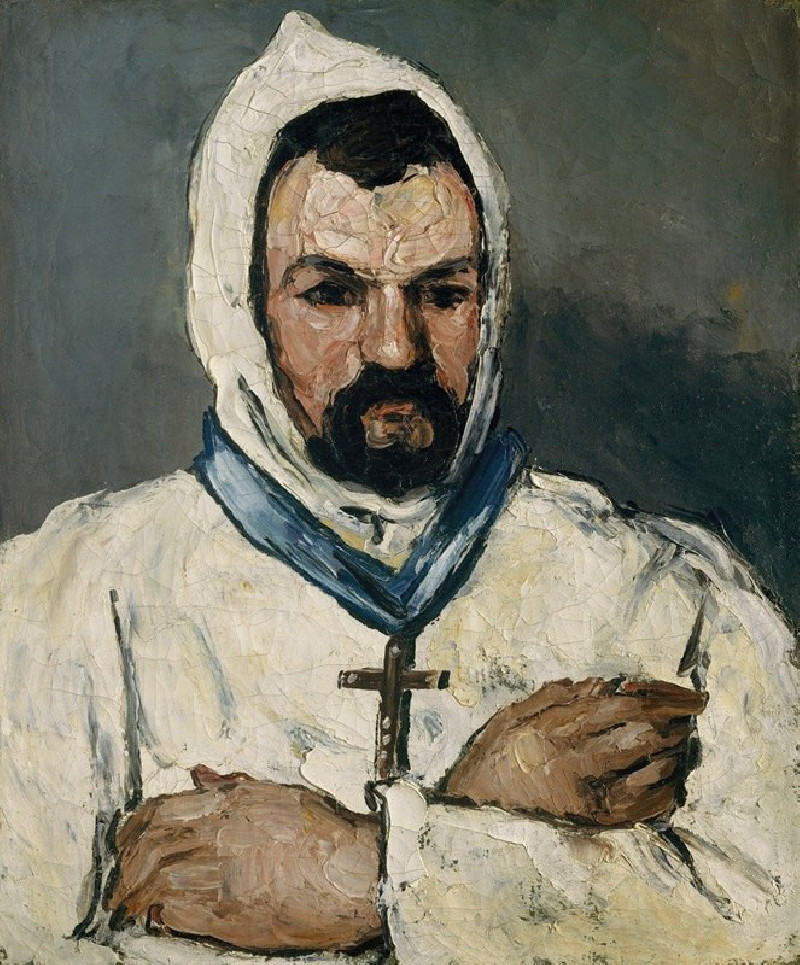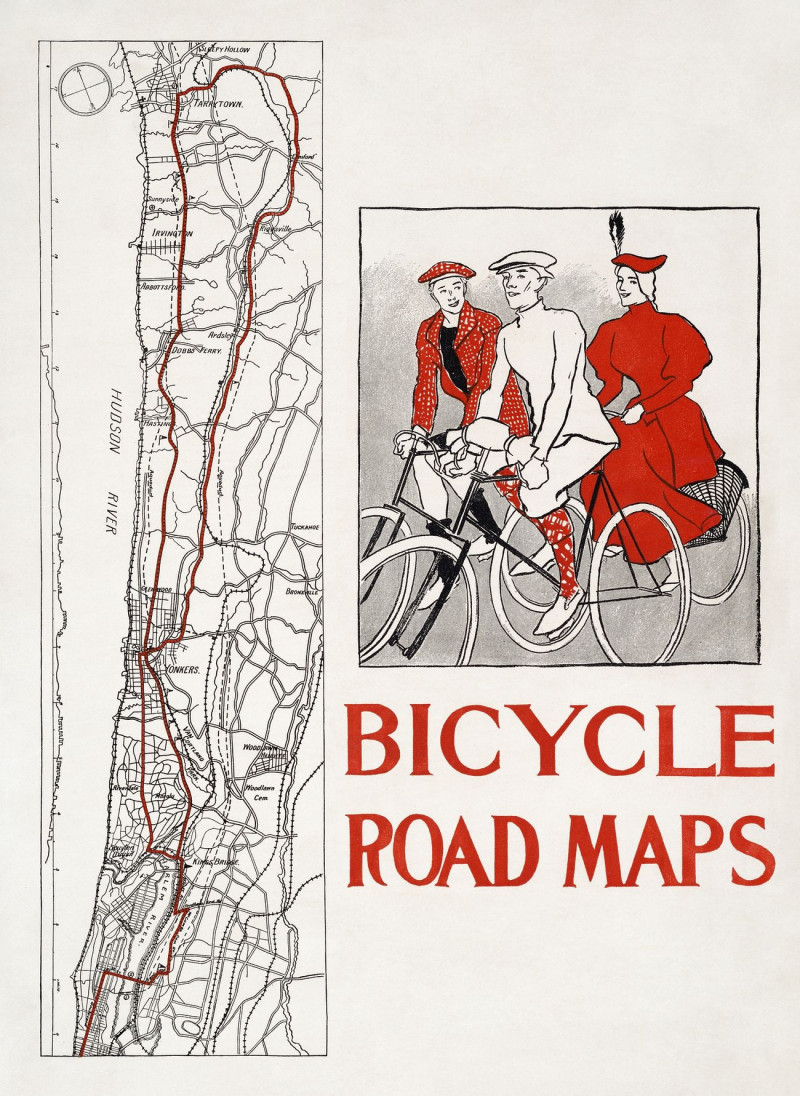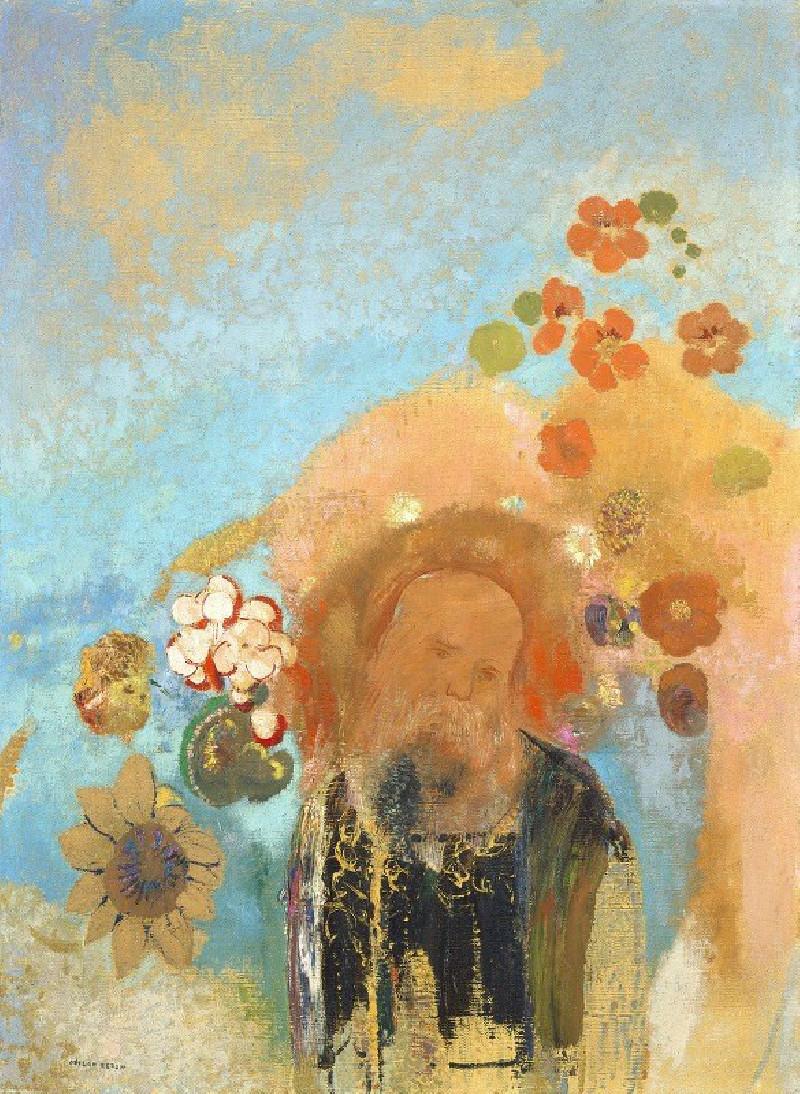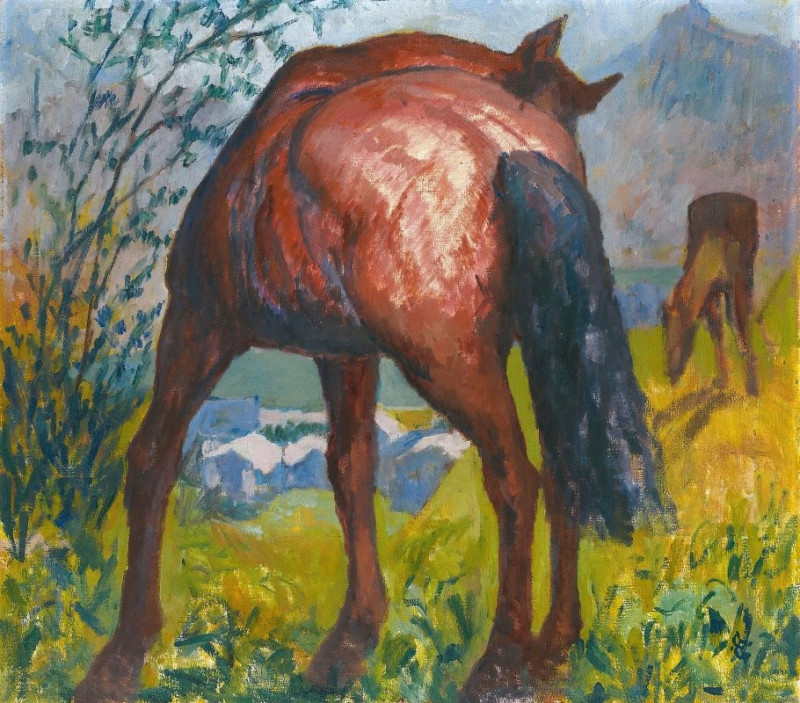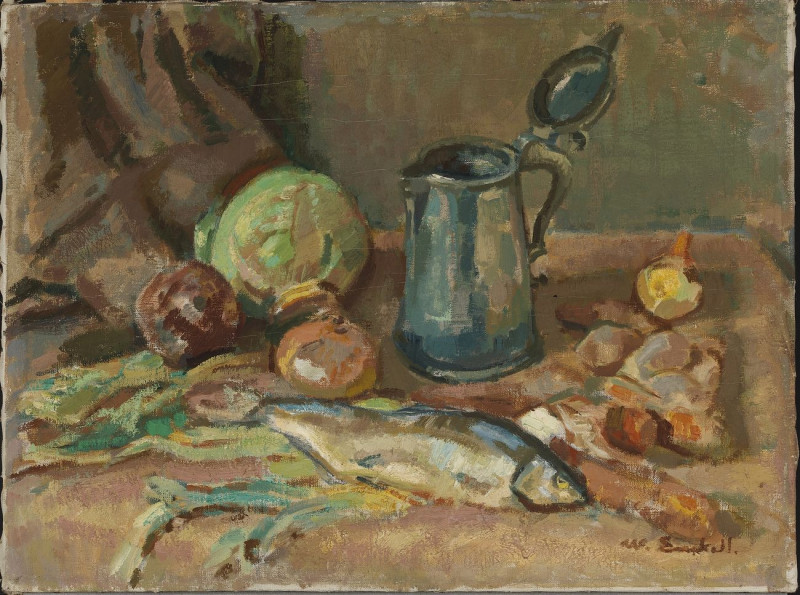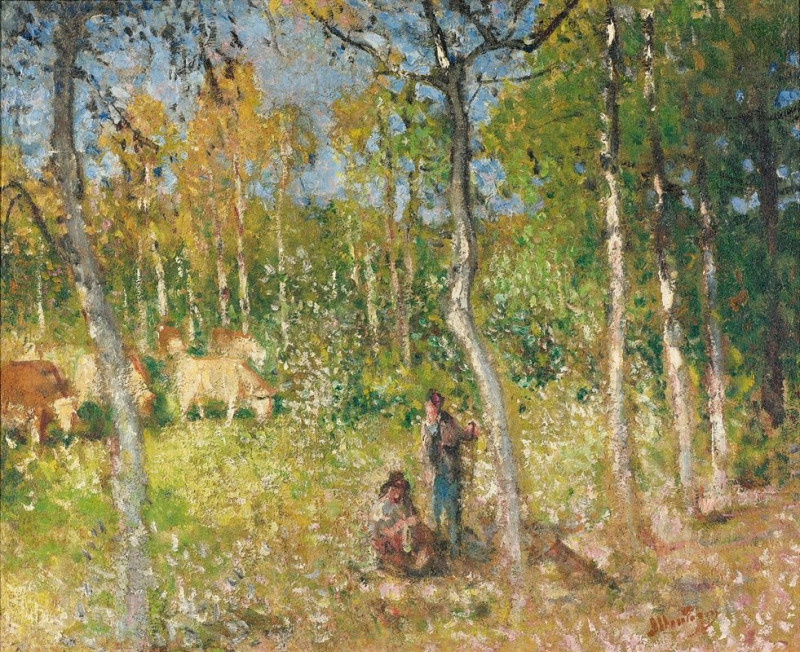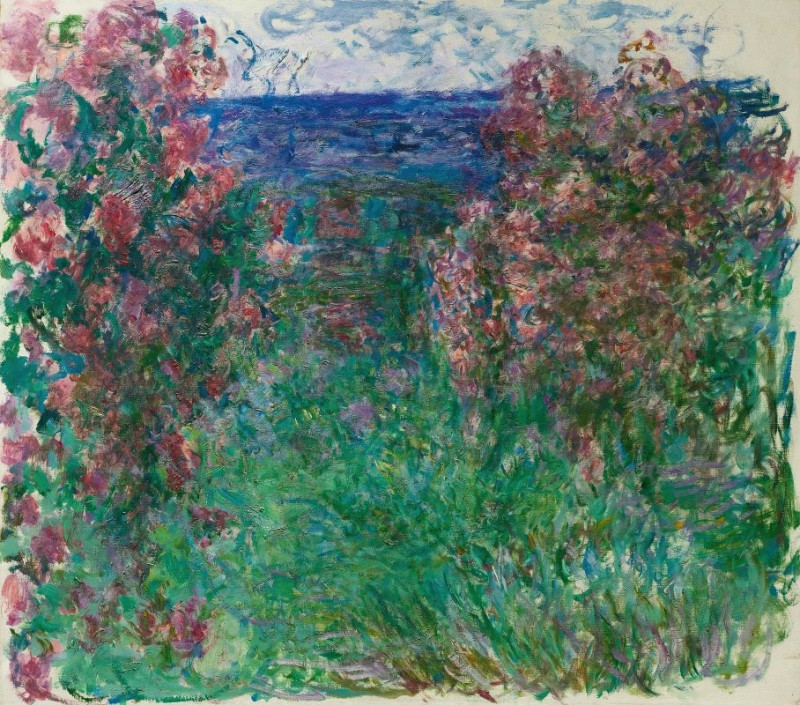Die erhabene Seite (1923)
Technique: Giclée quality print
Recommended by our customers
More about this artwork
Welcome to our art collection! Today, we spotlight "Die erhabene Seite" (1923), a captivating piece by influential Swiss-German artist Paul Klee. This painting is a vibrant testament to Klee's unique style, which blends elements of expressionism, cubism, and surrealism.In "Die erhabene Seite," Klee uses a rich palette of colors and geometric shapes to craft a visually striking composition. The central figure of the painting resembles a fantastical, totem-like structure, vivid in its segmentation into various geometric forms—triangles, rectangles, and circles—each filled with different hues including red, yellow, blue, and white. These shapes are meticulously arranged to create a sense of verticality and rhythm, leading the viewer's eye through a dynamic exploration of form and color.The piece is framed at the top by text that reads "Weimar Bauhaus Ausstellung 1923," indicating its creation for an exhibition at the Bauhaus, where Klee was a teacher. The Bauhaus was renowned for its revolutionary approach to art, design, and architecture, and Klee’s work is a brilliant reflection of the school's ideals, emphasizing a harmonious balance between function and aesthetic."Die erhabene Seite" not only showcases Klee's mastery of color and shape but also invokes a deeper contemplation of the spiritual and metaphysical realms which the artist often endeavored to represent.
Delivery
Returns
Paul Klee was a Swiss-born German artist. His highly individual style was influenced by movements in art that included expressionism, cubism, and surrealism. Klee was a natural draftsman who experimented with and eventually deeply explored color theory, writing about it extensively; his lectures Writings on Form and Design Theory (Schriften zur Form und Gestaltungslehre), published in English as the Paul Klee Notebooks, are held to be as important for modern art as Leonardo da Vinci's A Treatise on Painting for the Renaissance.
































